The woman in this photograph is Mary Francis Hill Coley. Like Laura Carr, she was a lay midwife, a respected part of a system of mutual aid and self-help in rural African-American communities.
The Waccamaw Neck had a long tradition of lay midwives. These women were indigenous healers and folk practitioners, not trained nurses.
Although little is known about Laura Carr's life, she fits within this lay midwife tradition. She was a trusted member of the community who delivered babies and cared for children.

Looking closely at this image of Carr, the only known picture of her, we can see a young child at her knee.
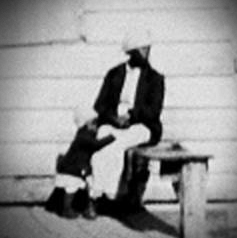
Matilda Douglass Martin of Georgetown, pictured below, was a midwife by trade but is also remembered as being a community worker, a local historian and a consummate humanitarian.
She was the daughter of Louis and Lula Douglass Davis, and even as a young girl was known for her compassion for others. Matilda Martin delivered Minnie Kennedy.
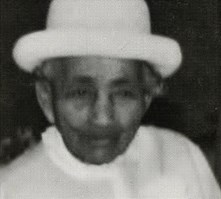
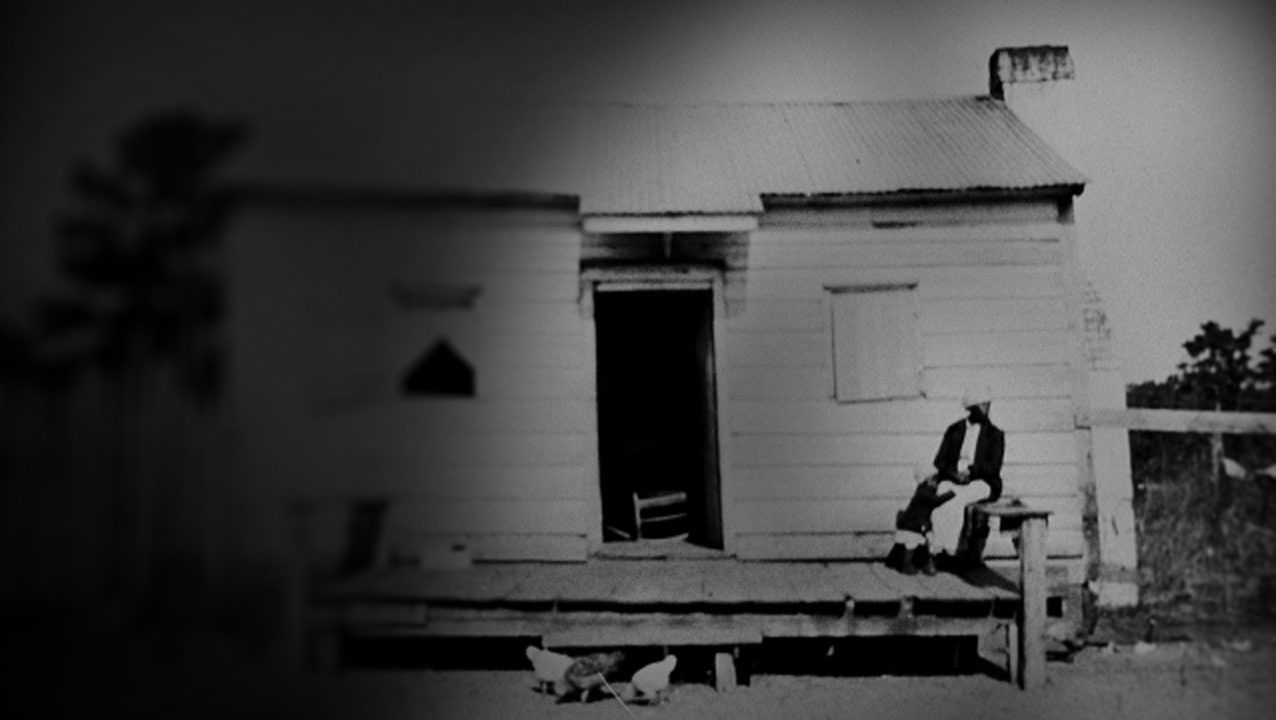
Robert McClary stands in the house his family lived in when they moved to Friendfield Village in 1937.
He was born in 1930 on Sandy Island, not far from Hobcaw Barony, where his mother was a teacher. Mr. McClary was delivered at home by a neighbor, midwife Olivia Washington.
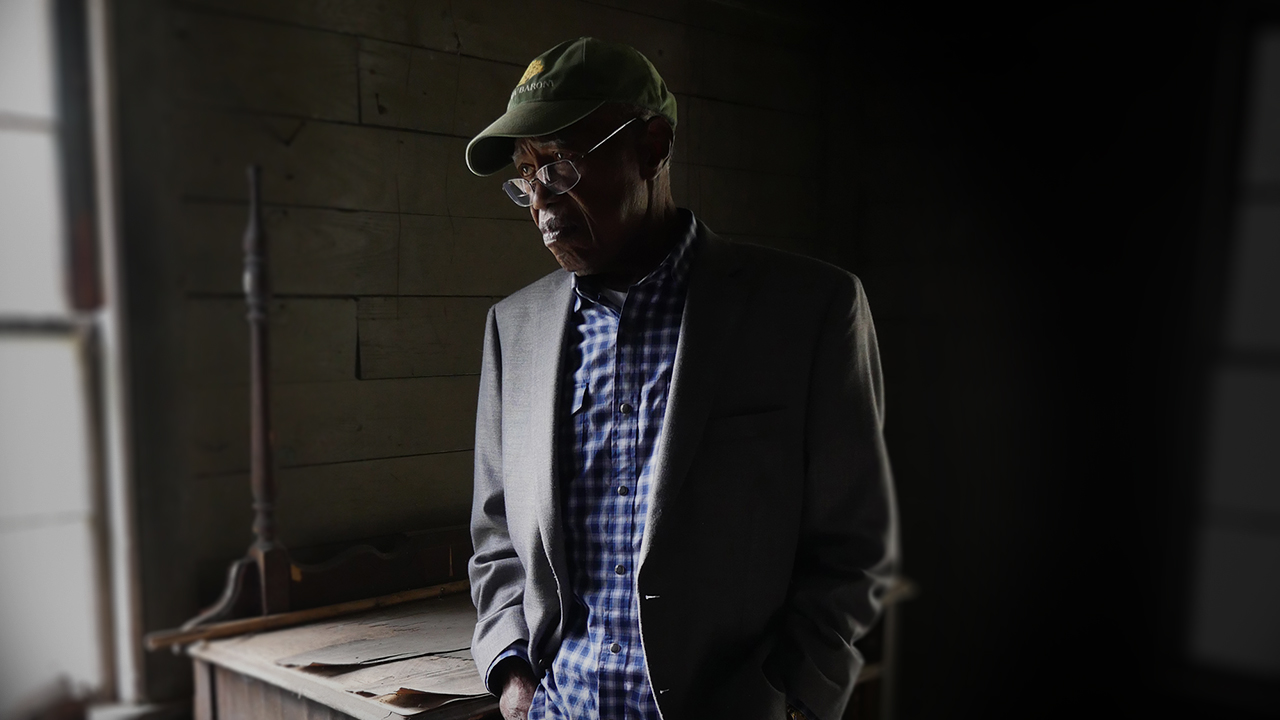
Robert McClary's birth was not recorded at the Georgetown County Clerk’s Office of Vital Records, a fact he discovered when he tried to register for the draft at age 18.
His mother, Maudess McCullough-McClary, had to ask some “good white folks” to sign affidavits stating that they knew her and Robert and that the information in his application for a birth certificate was true.
Maude Callen, born in 1898, was a Lowcountry midwife, different from lay midwives in that she was trained as a nurse. For more than 60 years, from 1923 to her death in 1990, she had a huge impact on the rural South Carolina communities she served.
In this excerpt from Angel in Twilight: Maude Callen, Nurse/Midwife, some of those who knew her testify to her importance.
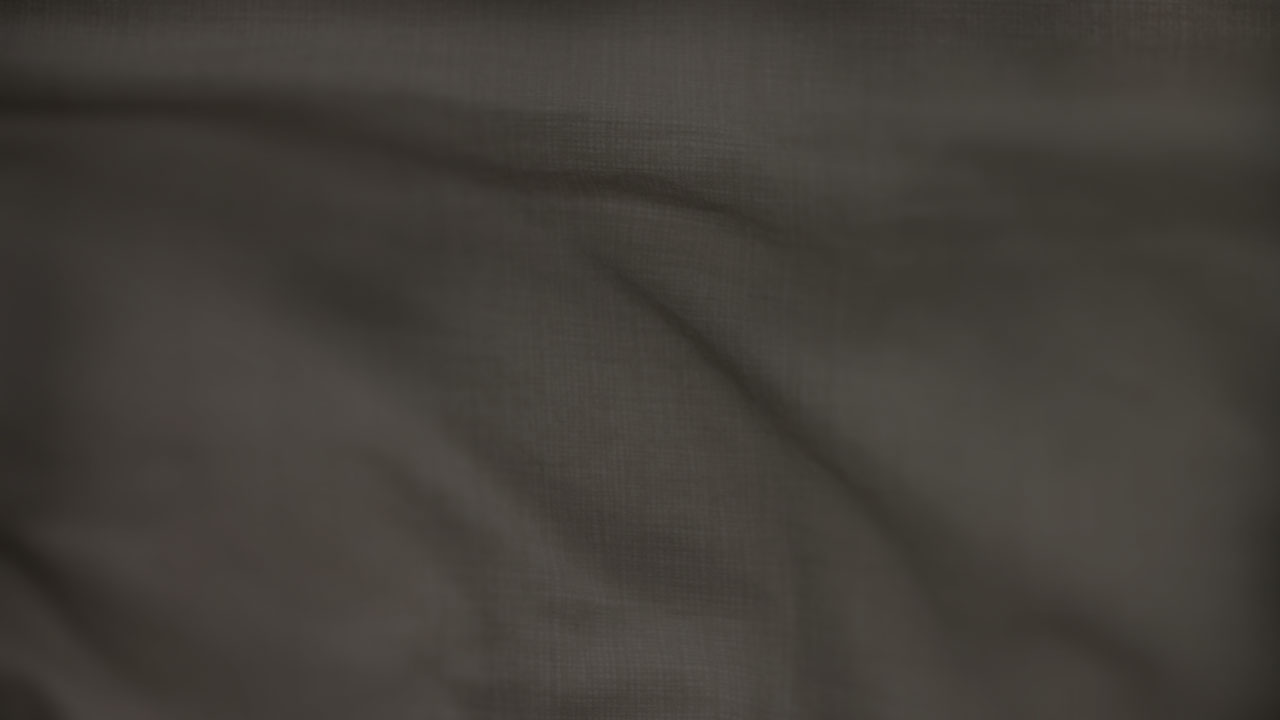
The African-American midwife shouldered the responsibility for a population of women and children that were by any contemporary measure among the poorest and least healthy in the South...The southern midwife ministered to bodies that were extremely vulnerable. They were weakened by the shared structural conditions of ill health, racism. political neglect and economic distress.
Gertrude Jacinta Fraser, African American Midwifery in the South: dialogues of birth, race and memory
To return to the trail click NEXT STOP
To return to the Carr house click
